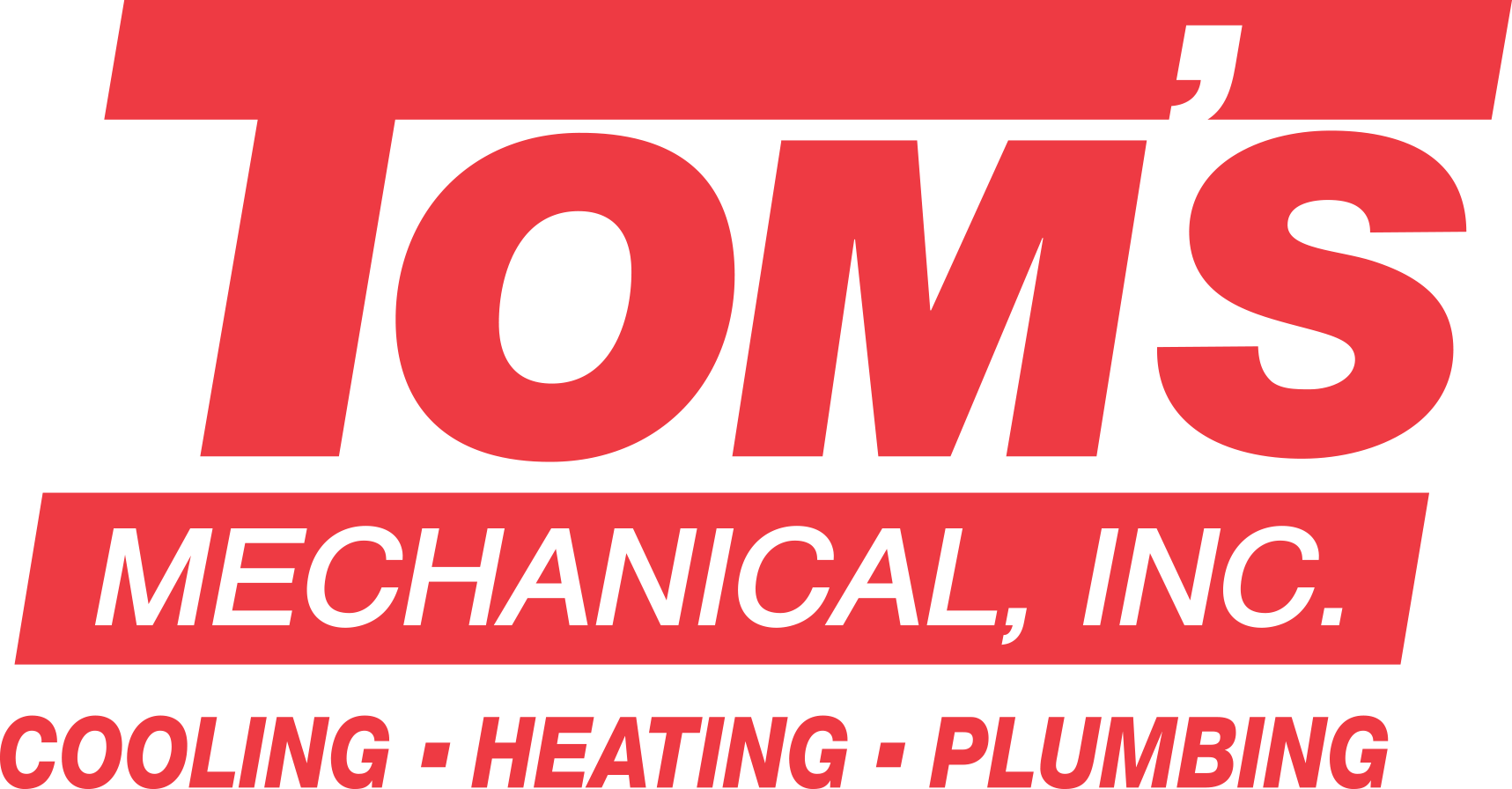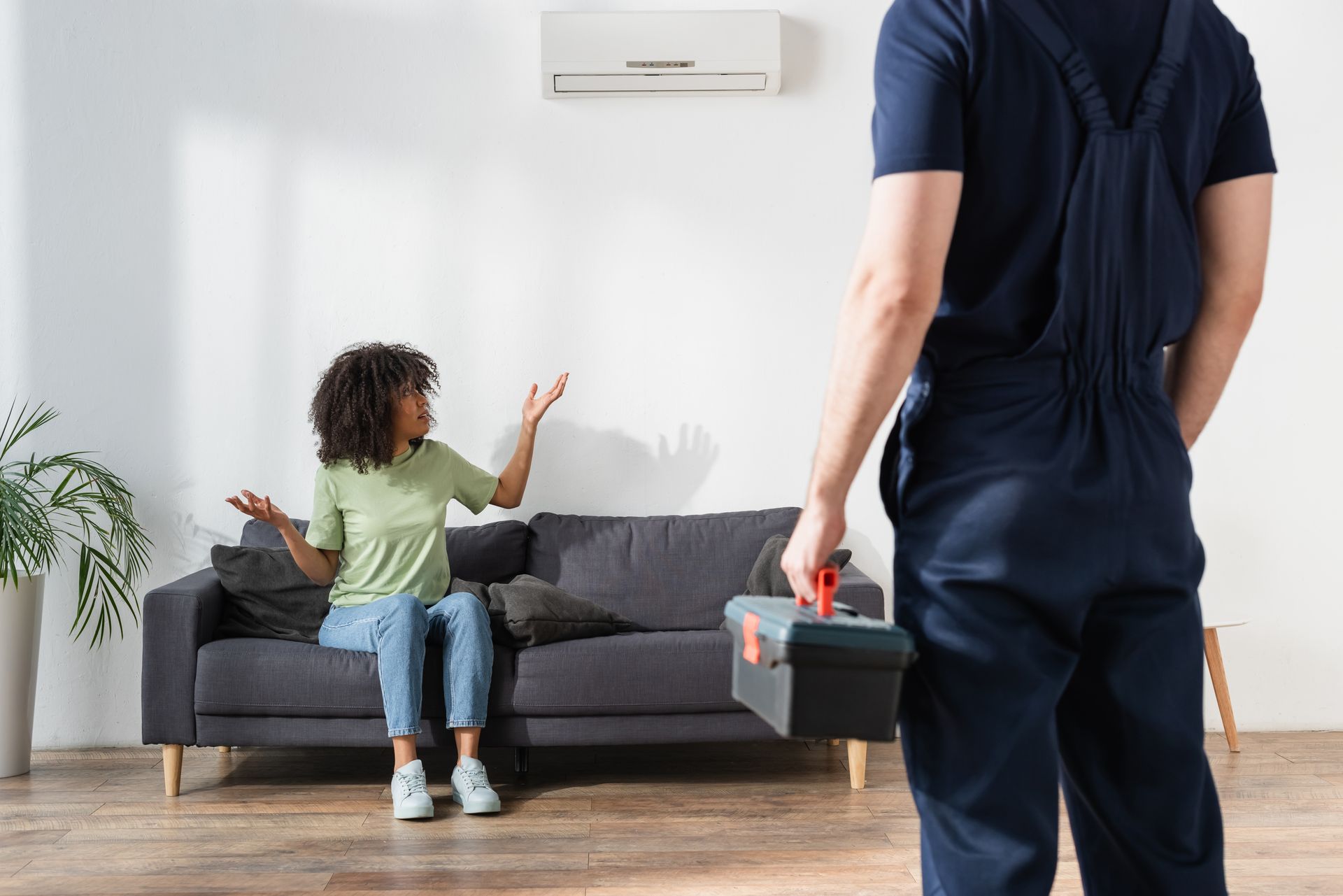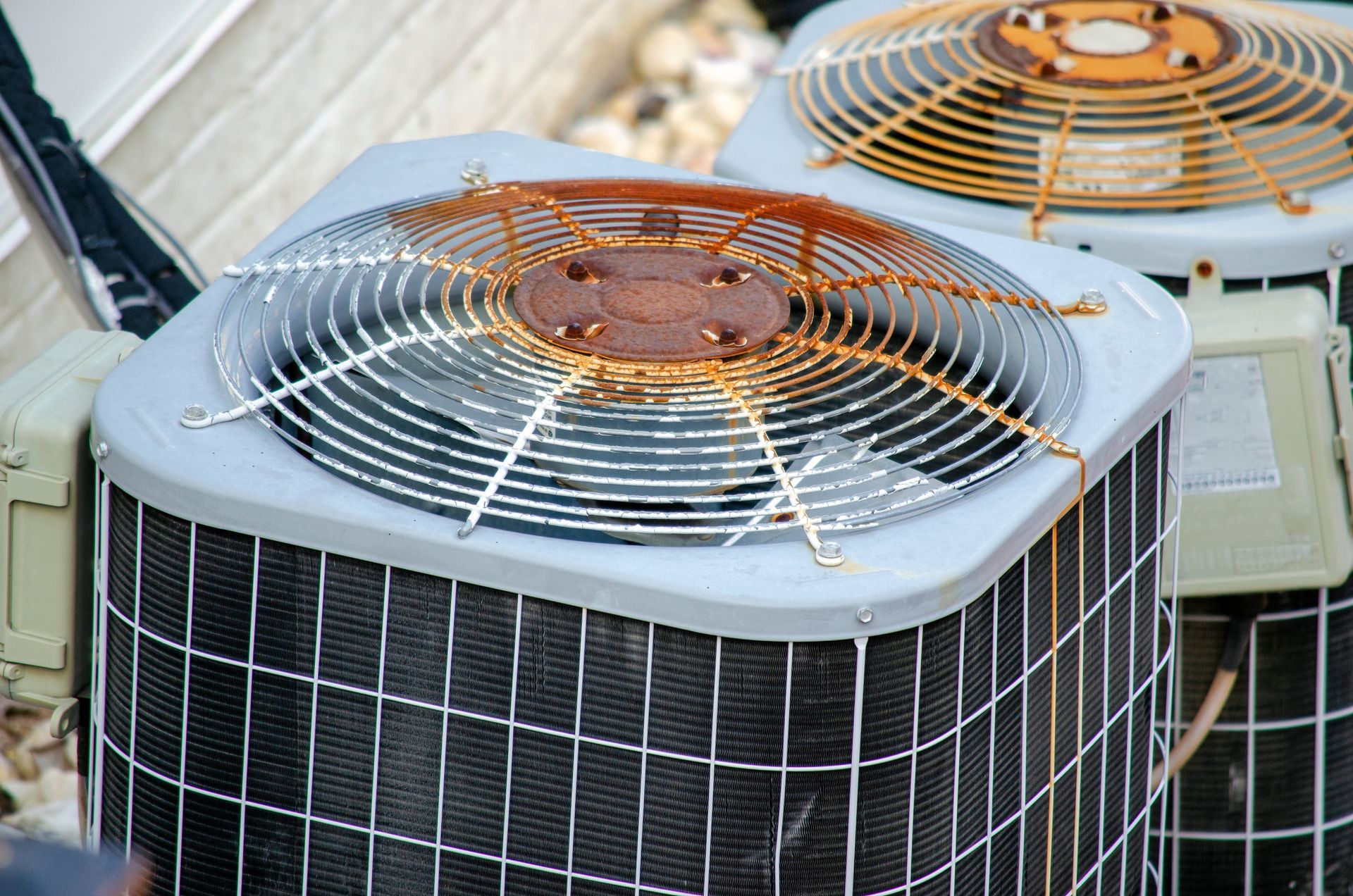Serving Residents of Tarrant County for Over 60 Years
Call the On-Time, Honest HVAC Experts | Available 24/7 for Emergency Services
Myth Buster: Does Mounting an AC at a Lower Level Save Energy?

When it comes to home cooling, efficiency is key.
We're often bombarded with tips and tricks to optimize our air conditioning systems. One of those pearls of (potentially dubious) wisdom includes the assertion that placing your AC lower allows cool air to distribute more effectively and prevents warm air from accumulating near the ceiling, reducing energy consumption and enhancing performance.
Is air conditioner unit placement really that important – and is lower better or merely a myth?
Lower Wall Mounts and Energy Savings
The concept behind mounting an air conditioner at a lower level stems from the notion that cool air tends to sink while warm air rises. By placing the unit closer to the ground, proponents argue that it can better distribute cool air throughout the room, leading to improved efficiency.
This theory makes more sense when applied to wall-mounted mini-split air conditioners and heat pumps. The indoor parts of the system are often installed at about six to eight feet above the floor for optimal air distribution and cooling efficiency. This height also ensures proper air circulation in the room.
The Reality: Factors Influencing Air Conditioning Efficiency
While the theory behind lower wall mounts has some intuitive appeal, the actual impact on energy efficiency and cooling effectiveness is minimal compared to other factors.
To truly optimize cooling efficiency, homeowners should consider the factors that influence their unique system and home. For example, the optimal placement of the outdoor condenser unit for a central air system is governed by a different set of considerations than the indoor air handler of a mini-split heat pump.
An HVAC system designer can explain the factors that might influence the decision for your home, but for the sake of simplicity and myth busting:
- Ductwork Placement and Insulation:
The efficiency of an air conditioning system is heavily dependent on the integrity and insulation of ductwork. Ductwork exposed to the outdoors (like along roofs) or ducts located in unconditioned spaces such as attics or crawl spaces can result in significant energy loss due to heat transfer. Properly insulated and sealed ductwork helps maintain the temperature of conditioned air as it travels through your home, minimizing energy waste.
- Insulation and Sealing: Adequate insulation and sealing play a crucial role in preventing heat gain or loss in your home. Poorly insulated walls, windows and doors can allow warm air to infiltrate your living spaces, forcing your air conditioner to work harder to maintain comfortable temperatures. By improving insulation and sealing gaps and cracks, homeowners can reduce energy consumption and enhance overall comfort.
- Thermostat Placement and Programming:
The location of the thermostat can also impact energy efficiency. Placing the thermostat near sources of heat, like on walls with direct sun exposure from windows, can lead to inaccurate temperature readings and inefficient cooling cycles. Optimal thermostat placement ensures accurate temperature control and efficient operation of your air conditioning system. Programming the thermostat to adjust temperatures based on occupancy patterns can further enhance energy savings.
- Equipment Efficiency: Upgrading to energy-efficient HVAC equipment with higher Seasonal Energy Efficiency Ratio (SEER) ratings can significantly reduce energy consumption and utility costs. Modern air conditioning systems are designed to meet strict efficiency standards, offering improved performance and lower operating costs compared to older models. Investing in energy-efficient equipment can provide long-term savings and environmental benefits.
Maximizing Energy Efficiency: Tips for Homeowners
Instead of fixating solely on the placement of the air conditioner, homeowners should take proactive steps to maximize energy efficiency and optimize the performance of their cooling systems:
- Schedule regular maintenance to ensure your air conditioning system operates at peak performance and efficiency.
- Seal gaps and cracks around windows, doors and ductwork to prevent air leaks and improve insulation.
- Install programmable thermostats to optimize temperature control and minimize energy consumption during periods of low occupancy.
- Consider upgrading to energy-efficient HVAC equipment with higher SEER ratings to reduce energy usage and utility costs over time.
Debunking the Myth
In the context of an air handler on a mini-split heat pump or air conditioner, placing them toward the floor is not ideal. Mounting six to eight feet up on walls optimizes air distribution and mixing, meaning more even temperatures throughout the space. This is especially important for heat pumps that will be in heating mode for part of the year since warm air does indeed rise.
The answer can be a little more complicated for outdoor condenser units on central air systems. While it may seem as if roof-mounted ductwork would have gravitational advantages (not having to push air up to reach attic-mounted ductwork), modern systems are built to effectively circulate air even if the unit is on the ground. The quality of duct insulation and leaks can have a much greater impact on overall efficiency and performance.
Outdoor condenser units should also ideally be shaded and have plenty of open space around them to maximize airflow. Shade is typically easier to come by on the ground rather than on roofs, but units on roofs usually have plenty of open space around them. In many cases, the performance and efficiency differences between the two locations are marginal.
It’s best to discuss outdoor condenser unit placement with an experienced air conditioning system designer to learn the pros and cons of your home’s potential placement options.
Instead of worrying about placement, homeowners should focus on addressing critical factors like ductwork sealing, insulation, thermostat programming and equipment efficiency to maximize energy savings and enhance comfort.
Experience Enhanced AC Maintenance with Tom’s Mechanical Inc. in Arlington, TX
If you’re ready to improve your home's cooling efficiency and comfort, Tom’s Mechanical Inc. is ready to help. Whether you're in need of AC maintenance, repairs, air conditioning replacements or are seeking expert advice on optimizing your system, we’ve got you covered.
Contact us today here on our website or give us a call at (817) 277-4493 for top-quality, 24/7 services.
OTHER RECENT POSTS
REQUEST YOUR SERVICE WITH TOM'S MECHANICAL, INC.
For 24/7 emergencies, call us at (817) 277-4493 today!
Our Web Form Is Not For Emergencies
WE'RE A CUT ABOVE THE REST
Over 60 Years of HVAC Solutions
You Deserve To Be Comfortable In Your Own Home
Delivering the Highest Quality of Service
Serving Arlington, Southlake, Grapevine and Keller
Available 24/7 for Emergency Services
Local Office
3428 West Pioneer Parkway
Arlington, TX 76013
Map & Directions [+]
Quick Links



